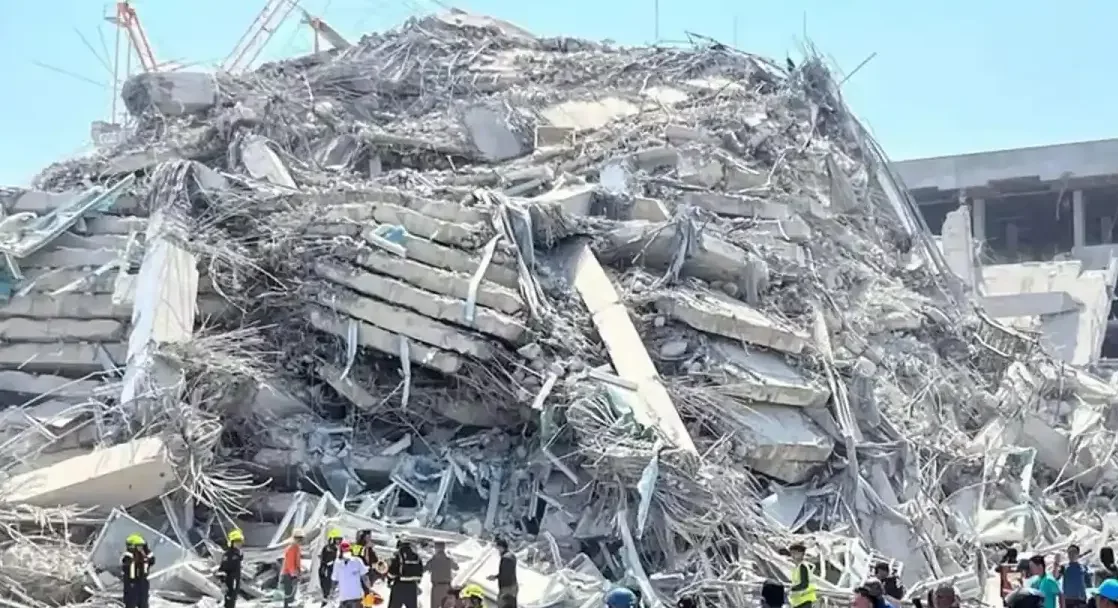Rescue teams in Myanmar are racing against time as the death toll from Friday’s devastating 7.7-magnitude earthquake has soared past 1,000, with thousands more injured and missing. The powerful quake struck Mandalay, the country’s second-largest city, triggering widespread destruction and deepening an already dire humanitarian crisis.
According to Myanmar’s military government, at least 1,002 people have lost their lives, while 2,376 others have sustained injuries. Authorities fear the numbers will continue to rise as detailed assessments are still underway. Another 30 individuals remain unaccounted for.
The earthquake’s epicenter was recorded at a shallow depth of 10 km, northwest of Sagaing in central Myanmar. It unleashed chaos across the region, followed by a series of violent aftershocks, including a 6.4-magnitude tremor minutes later. The Thai Meteorological Department reported a staggering 77 aftershocks by early Saturday morning.
The tremors were felt as far as neighboring Thailand, where the disaster had catastrophic consequences. In Bangkok, a partially constructed high-rise collapsed, claiming 10 lives and injuring 16. More than 100 people remain unaccounted for across multiple construction sites in the Thai capital, with rescuers desperately searching for survivors in the rubble of a 30-story building.
The international community has begun mobilizing aid in response to an urgent plea from Myanmar’s military leader, Min Aung Hlaing. India has deployed a specialized search-and-rescue team, medical personnel, and emergency supplies. Malaysia has also committed 50 personnel to assist in identifying victims and delivering humanitarian aid to the most severely affected regions.
The United Nations has allocated $5 million to kickstart relief operations. Meanwhile, U.S. President Donald Trump pledged American assistance, though some experts remain skeptical due to his administration’s substantial cuts to foreign aid. Budget reductions to the United States Agency for International Development (USAID) have already forced international relief organizations to scale back their work in Myanmar, raising concerns about the effectiveness of Washington’s promised support.
With a protracted civil war already straining Myanmar’s fragile infrastructure and limiting mobility between regions, relief efforts are proving to be especially challenging. Aid workers are navigating conflict zones, damaged roads, and limited resources in an uphill battle to deliver lifesaving assistance to the thousands in desperate need.

